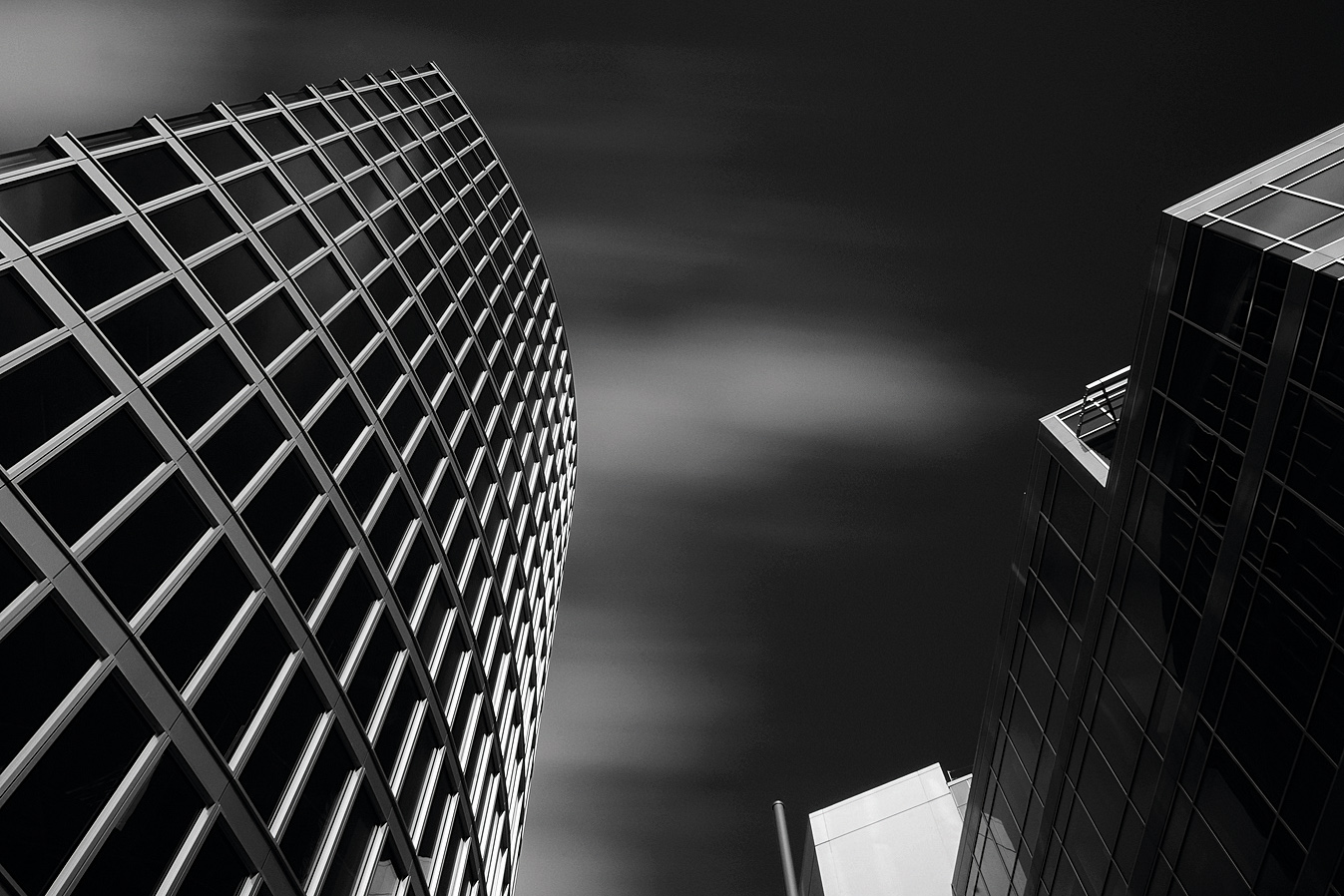How to master black and white photography
Learn how to shoot stunning mono photographs
Try a graphic composition
Simple shapes and a strong composition virtually guarantee striking black-and-white images. With their straight lines and dramatic angles, man-made structures are ideal for this type of shot, although for more organic shapes you can also try working with trees, rocks or foliage.
To make the most of graphic shapes, try to make your composition as simple as possible. Keep an eye out for plain backgrounds, and try shooting with the subject at an angle.
With their straight lines and dramatic angles, man-made structures are ideal
High-contrast lighting can really help to enhance graphic shapes, so make the most of strong side lighting from the sun. If you're using your own lighting, position a single light to one side of the subject.
Strong, direct light creates crisp shadows, which make graphic subjects in their own right.

Filter tips when shooting mono
Traditional colored filters used for black-and-white film aren’t suitable for digital cameras, but you can still boost the contrast in your graphic black and white shots by using a polarizer. By rotating the filter you’ll be able to darken blue skies, making lighter objects such as buildings or clouds stand out more clearly.
The polarizer will also remove reflections from non-metallic objects such as glass or water, which helps to produce a more graphic image.
Try this... minimalist mono

One of the most popular ways to get simple graphic images is to use long exposures. This technique, used either after dark or with a strong ND filter, will render water and clouds as a smooth, soft blur, focusing all the attention on fixed objects in the frame.
Sign up for breaking news, reviews, opinion, top tech deals, and more.
As you'll be dealing with some pretty long exposures (in some cases 30 seconds or longer), a tripod is an essential piece of kit.
Current page: Composition for mono
Prev Page Getting started with monochrome Next Page High- and low-key shots
Phil Hall is an experienced writer and editor having worked on some of the largest photography magazines in the UK, and now edit the photography channel of TechRadar, the UK's biggest tech website and one of the largest in the world. He has also worked on numerous commercial projects, including working with manufacturers like Nikon and Fujifilm on bespoke printed and online camera guides, as well as writing technique blogs and copy for the John Lewis Technology guide.